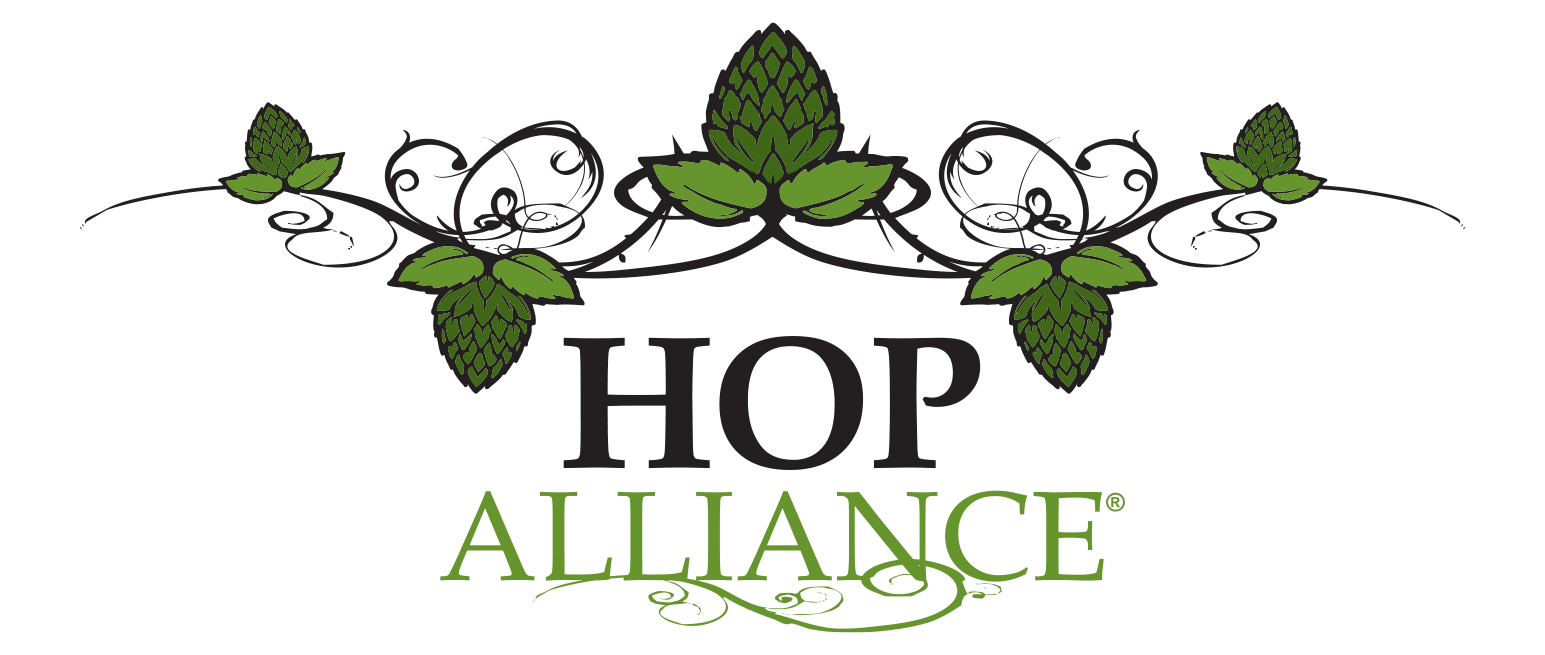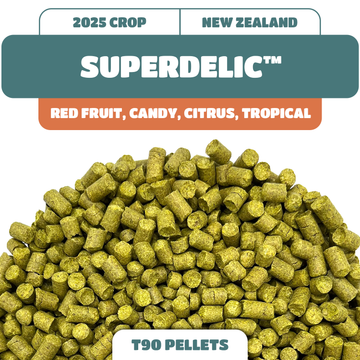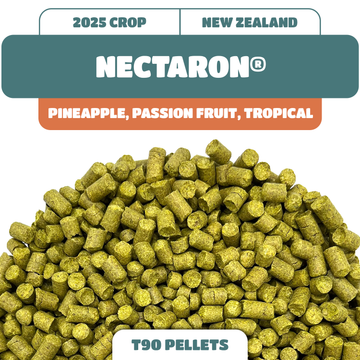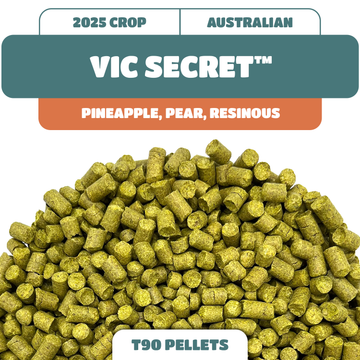What is the healthiest beer to drink?
Enjoying a beer does have with it many health benefits. For example, light to moderate consumption of beers can prevent type-2 diabetes, osteoporosis, coronary heart disease, hypertension, dementia, and many types of cancer. In addition, beer contains antioxidants, minerals, and vitamins, including several essential nutrients easily digestible in beer form.
Barley and hops are responsible for the majority of antioxidants found in beer. "Approximately 80% of beer phenols are derived from malt and about 20% from hops." These readily absorbable phenolic compounds in beer originate from barley and hops. As a result, our bodies are thoroughly able to metabolize them.
How do you know if a beer has these antioxidant (AO) compounds?
A beer rich in AOs has more color, bitterness (hoppy flavor), more decadent flavors & aromas, and good foam (head) stability. Most craft and artisanal beers contain a rich and diverse AO profile since more hops, grains, and yeast strains are used, with less filtration and minimal processing.
Antioxidative activity is a significant aspect of beer quality, which means you can taste the AOs. The most abundant phenolic acids in beer are gallic acid, ferulic acid, and syringic acid.
Beer also has antioxidants that have free radical scavenging ability. So what is a free radical scavenger? According to the Cancer.gov website, a free radical scavenger is "A substance, such as an antioxidant, that helps protect cells from the damage caused by free radicals. Free radicals are unstable molecules made during normal cell metabolism." Catechin and ferulic acids from barley and malt have high free radical scavenging activity. Since both of these acids are antioxidants, the beers that seek and destroy free radicals the best are once again the dark beers.
Craft and artisan breweries use premium and authentic ingredients and offer unique brews only at the microbrewery. Many craft breweries blend traditional beers with regional ingredients, which create an authentic artisan beer and add different nutritional profiles. Some nutrition experts consider craft beer a more functional beverage since beer imparts medical benefits to the drinker.
The healthiest are stouts and porters, and higher hoppy beers, such as DIPAs and Imperial IPAs, Trappist beers, and spontaneous fermented beers, such as Lambics and Gose.
Trappist-style beer is probably the most famous of the Belgian beers. The Westvleteren XII is a Belgian Trappist quad ranked among the best beers in the world. Trappist monks still control the brewing and commercialization of this beer, which originated in the 17th century in the abbey of La Trappe, in Normandy. To be called a Trappist beer, the beer must be brewed within the walls of a Trappist monastery or in the adjacent area, either by or under their direct supervision of monks. Any profits should benefit either the monastic community or a charity.
Abbey beers, like Leffe, are brewed in the styles of the Belgian Trappist monks but are not brewed within the walls of the monastery.
As a result, all beers have significant amounts of silicon, which plays an essential role in bone mineral density, and promotes the synthesis and development of connective tissue. This silicon is one of the main reasons quality beer is considered an anti-osteoporosis functional beverage. In addition, Trappist and Abbey beers contain extraordinary silicon concentrations due to longer bottle conditioning time and being unfiltered.
Traditional lambic sour beers are produced through spontaneous fermentation. This process does not use any starter culture since the environmental air naturally boosts the wort. The fermentation and maturation process occurs in oak/chestnut casks and lasts between one to three years.
Traditional Belgian lambic beers have four phases, with each step imparting specific micro-organisms or microbiota. As a result, lambics have more in common with wines than your classic beer.
Recently, sour beers have become more available at craft breweries and bridge the gap from classic beers to wines. Gueuze, faro, fox lambic, Vieux Lambic, and fruity beers such as Framboise, druiven, and Kriek all have a lambic base.
Gueuze, like with Champagne, both use a secondary fermentation period in the bottle.
Lambics have healthy probiotics from the unique, spontaneous fermentation process, which benefits your digestive system. Also, these sour beers have different antioxidant compounds due to the other brewing techniques. So lambics are a healthier option than many beers are they the most beneficial.
Generally, of all the beer styles, stouts and porters have the highest antioxidant activity and concentration. However, in studies, beers containing higher levels of roasted malt had the most antioxidant content.
Stouts and porters feature dark roasted malts in the mash bill giving the beer a roasted chocolate and coffee aroma and flavor. Different kinds of stouts and porters include dry stouts, milk stouts, oatmeal stouts, imperial and Russian imperial stouts. Imperial and Russian Imperial Stouts are considered big beers, typically 8-12% alcohol, and include more malt and hops in the brewing process.
Higher alcohol beers also have the most antioxidant activity. This activity is because the increased alcohol makes the phenols more digestible, and more malt is needed to brew these big beers. In addition, porters and stouts significantly inhibit protein glycation, which plays a role in aging and diabetes.
Pales Ales originated in England with an amber color and bitter finish. They feature crisp, spicy, and herbal flavors and aromas from the English hops. IPAs or India Pale Ale is a traditional English-style pale ale with extra hops. This beer was brewed in colonialism times, as the extra hops allowed it to travel long distances without spoiling.
Numerous studies have shown that beer may counteract osteoporosis since the humulone in hops strongly inhibits bone resorption. Some of the world's most hop-forward beers are Pale Ales and IPAs. Humulone is both an antioxidant and anti-inflammatory.
Gose was first brewed in Goslar, Germany, over 1,000 years ago and was a spontaneous fermented. Gose faded out in the 1800s but
is now enjoying a renaissance. Gose beer is brewed with a heavy wheat base with salt and coriander added along with lactobacillus to produce a sour or tart beer. Many craft breweries also add fruit to this beer before or after fermentation to give it a unique flavor twist.













